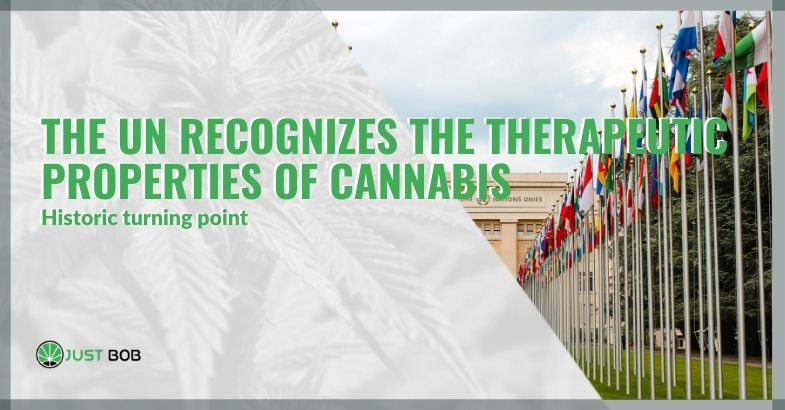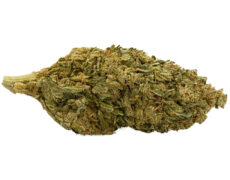Modified on: 19/04/2024
AFTER DECADES OF WAITING, THE WORLD’S LEADING ORGANIZATION HAS REACHED A DECISION DESTINED TO OPEN UP NEW SCENARIOS FOR THE WORLD OF CANNABIS AND ITS THERAPEUTIC USE.
Among the supporters of CBD buds, the news had been in the air for some time. Besides, its spread put an end to a wait that lasted more than half a century, making official a decision destined to go down in history, which could constitute a watershed for the legal hemp’s future destinies.
We at Justbob, as a leading operator in the online cannabis sales sector with products ranging from collectable marijuana to CBD oil, have followed this story with interest and want to share the latest news with our blog readers.
-
 SMALL & BIG
SMALL & BIGBUBBLEGUM
Starting from: 1,25CHF/gIndoor | CBD – CBDA <22%
Grams3 5 10 20 50 100 -


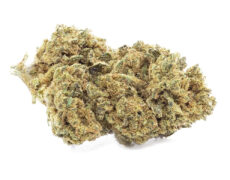
DO SI DOS
Starting from: 2,00CHF/gIndoor | CBD – CBDA < 19%
Grams3 5 10 20 50 100 -


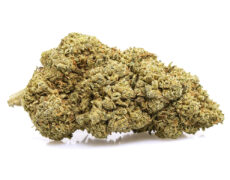
ROYAL GG#4
Starting from: 2,30CHF/gIndoor | CBD – CBDA < 40%
Grams3 5 10 20 50 100 -


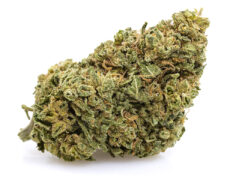
GORILLA GLUE
Starting from: 2,90CHF/gIndoor | CBD – CBDA < 20%
Grams3 5 10 20 50 100
In light of the United Nations’ decision regarding hemp, several changes of opinion and fact about this precious plant will take place.
The UN decision on cannabis
The usefulness of the hemp plant in the medical world has been under discussion for a long time. But December 2, 2020, certainly marks a crucial point in favour of its use.
In fact, on this day the vote on some points examined at the request of the World Health Organization (WHO) took place at the United Nations Commission on Narcotic Drugs, including the elimination of cannabis from table IV of the Single Convention on narcotics.
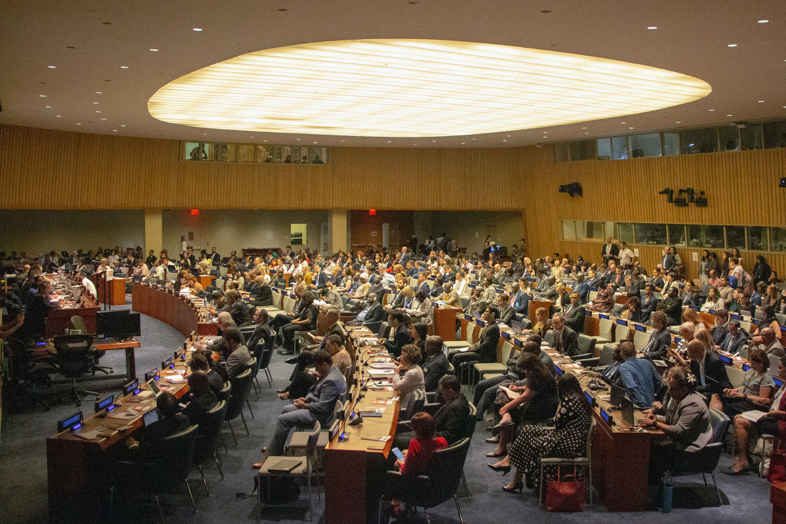

We are talking about a document from 1961, which establishes which drugs are considered “particularly harmful and of no prooved therapeutic value”. Cannabis has always been included in this blacklist, along with other hard drugs such as cocaine and heroin, since this document was written.
Over the years, there has never been such a marked change in the classification of the toxicity and beneficial impact of a substance from this list.
Cannabis has not only been removed from table IV. Still, it has been recognized by a good number of scientists as a useful substance for therapeutic purposes. It has also been made possible by the strong push of the WHO, which has been lobbying the United Nations for at least two years for this almost 60-year-old treaty to be re-evaluated.
Only the indecision of some states and the presence of a prolonged debate between countries favouring this decision and countries more likely to maintain the current status have meant that this vote has only just taken place.
However, hemp remains present in the table of prohibited substances (table I) and illegal at the international level, except for some countries with their particularities.
The outcome of the United Nations vote and its consequences
During this meeting of the Commission on Narcotic Drugs in Vienna, a decisive decision for the future of cannabis came, as most Member States (including Italy, which voted in favour of the resolution) positively regarding the WHO proposal.
Among the voting countries, there was a positive propensity for resolution on the Americas and the European Union (the only vote against that of Orban’s Hungary). In contrast, the Asian and African countries expressed themselves negatively.
In addition to this critical decision, however, the UN’s position is also expected: the one that could untie cannabidiol ( CBD ), or the active therapeutic principle of hemp, from the label of a narcotic substance and therefore make it free from constraints and limitations.
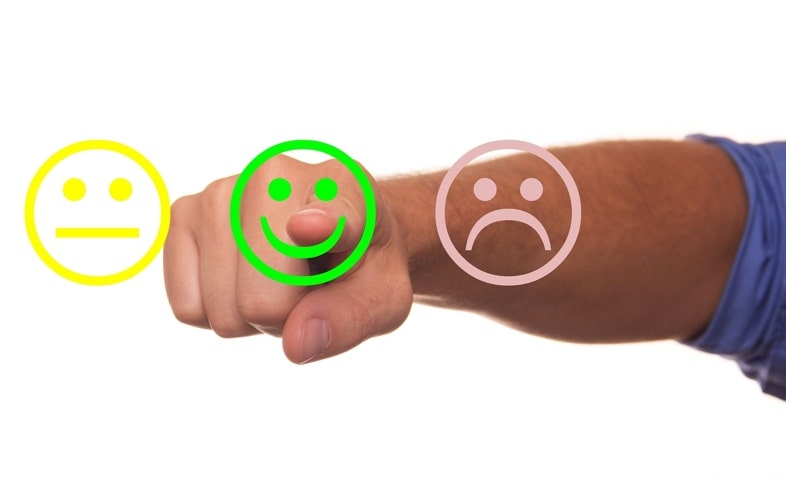

But already the deletion of hemp from Table IV will in all likelihood be a driving force for several changes within various states, as each government can classify the plant independently, and this change will presumably give rise to new debates on the topic of legalization.
What is inevitable, and it is a positive factor, is that this resolution will make it possible to streamline and encourage research-oriented to the use of medical cannabis in the treatment of various situations such as:
- tumours;
- epilepsy;
- Parkinson’s disease;
- chronic pain;
- sclerosis.
Read also: THC-free cannabis: are there really 0% THC levels?
This type of hemp used in Switzerland has been allowed for about ten years now, naturally regulated by a medical prescription. However, on-site production is still only able to meet a fraction of the demand for CBD flowers for medical purposes, and most of the product has to be imported.
Judging by a study by the International Narcotics Control Board, which estimates an annual requirement of marijuana for medical use in Switzerland of almost two tons. From this recent decision, it is likely that a debate on further cultural and legal openness to cannabis (perhaps not only for medical use but also for cannabis light ) vigorously regain footing even in the Bel Paese.
JustBob’s blog readers, allegedly advocates of CBD weed, it is a scenario that would be a significant achievement.
Waiting for more news, we invite you to visit our cannabis light shop to browse and purchase our collectable products in total safety and privacy.

